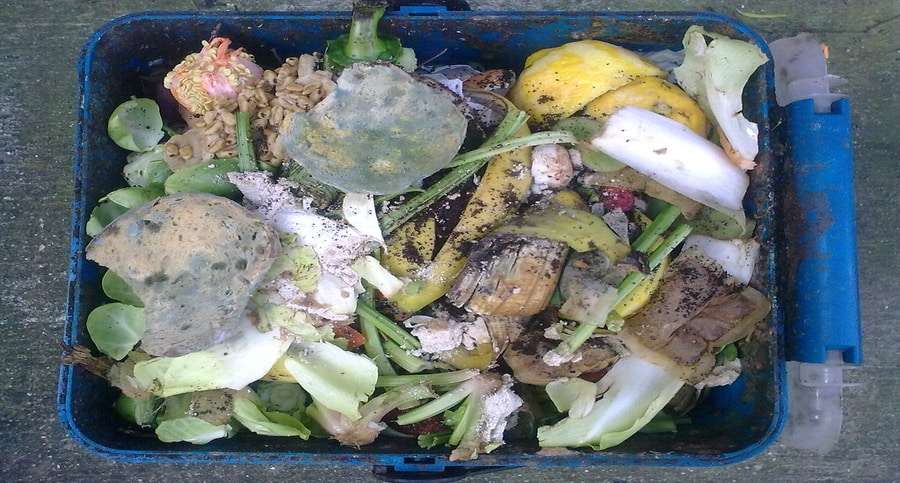It’s the festive season! A time of happiness, spending time with loved ones, and most importantly, feasting! However, with all the food consumption comes a whole lot of food waste that we need to reduce this festive season.
Can you believe that we waste roughly one-third of the world’s food? That means that nearly 30% of the world’s agricultural land is currently occupied to produce food that is ultimately never consumed. Isn’t this shocking?
Meanwhile, there are more than 820 million people going to bed hungry every day. Researchers estimate that every year, consumers in rich countries waste food at around 222 million tonnes. It is almost as much as the entire net food production of sub-Saharan Africa, which is around 230 million tonnes (UN 2020). Isn’t this unfair?
Extent of food losses and wastage
According to the UN, we waste approximately 1.3 billion tonnes of food. Fruits and vegetables have the highest wastage rates – approximately half of it is lost or wasted each year. The amount is roughly US$680 billion in industrialized countries while US$310 billion in developing countries.
When we lose or waste food, all the resources that we use to produce this food go to scrap, including water, land, energy, labour, and capital. Moreover, the disposal of food in landfills leads to greenhouse gas emissions, contributing to climate change. The UN estimates that food loss and waste are responsible for about 7 per cent of global greenhouse gas emissions (UN 2020).
Food waste is also a major problem in Australia, especially during the festive season. Each year we dispose of around 7.3 million tonnes of food. This produces more than five per cent of Australia’s greenhouse gas emissions.

How we lose or waste our food?
We generally lose food at the farm, in storage, and in transit. It mostly happens due to financial, managerial, and technical constraints in harvesting techniques, storage, and transport facilities.
In developing countries, food wastage occurs mainly in the early stages of the food value chain. Whereas, medium and high-income countries, waste and lose their food at later stages in the supply chain. Differing from the situation in developing countries, the behavior of consumers plays a huge part in industrialized countries (UN 2020). Households are wasting a substantial amount of food!
How to stop wasting food?
Reducing our food losses and wastage is essential in a world where hunger is affecting hundreds of millions of people. If we manage to save that wasted food, it would be enough to feed those hungry people in the world.
The UN urges countries to strengthen the food supply chain through the direct support of farmers and investments in infrastructure and transportation.
Moreover, we need a responsible reporting mechanism. International standards including GRI 306, should be largely introduced worldwide to measure an organization’s wastage generation and waste-related impacts.
Moreover, inventive solutions to food disposal continue to grow. For example, veles is a new household cleaning product that employs a completely new approach to addressing food wastage. It is the first all-purpose household cleaner composed almost entirely of recovered water and common organic compounds.

Another example is in San Francisco. A California-based regenerative food tech company Treasure8. The company is working to fight food waste and climate change through up-cycling by using food waste as key ingredients
As consumers, we are contributing to the problem. In Australia, households throw away 2.5 million tonnes of edible food each year – that equates to nearly 300 kilograms per person. This is an even bigger problem during the festive season. We can help the world to become a more sustainable and fair place by reducing our food wastage where possible. You can do your part by being mindful of your food consumption and waste this festive season.
Please visit the THRIVE Project for further information about sustainability, social inequality, and other relevant topics around sustainable development.
References
Food Bank, “FOOD WASTE FACTS”, available at <https://www.foodbank.org.au/food-waste-facts-in-australia/?state=qld>.
The Department of Agriculture, Water and the Environment (2020), “Tackling Australia’s food waste”, available at <https://www.environment.gov.au/protection/waste-resource-recovery/food-waste>.
Sustainable Brands (2020), ” Trending: Inventive Solutions to Food Waste Continuing to Grow”, available at <https://sustainablebrands.com/read/waste-not/trending-inventive-solutions-to-food-waste-continuing-to-grow?utm_source=Twitter&utm_medium=schtweets&utm_campaign=social>.
Sustainable Brands (2020), “Treasure8: The Systemic, Tech-Driven Solution to Food Waste”, available at <https://sustainablebrands.com/read/waste-not/treasure8-the-systemic-tech-driven-solution-to-food-waste>.
UN (2020), “A new International Day with a difficult starting point”, available at <https://www.un.org/en/observances/end-food-waste-day/background>.
UN (2020), “Worldwide food waste”, available at <https://www.unenvironment.org/thinkeatsave/get-informed/worldwide-food-waste>.























